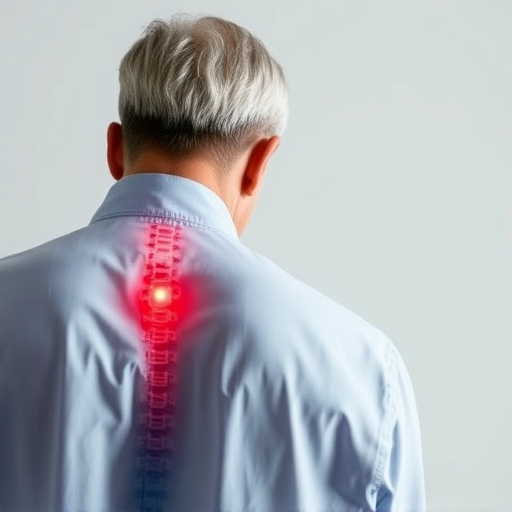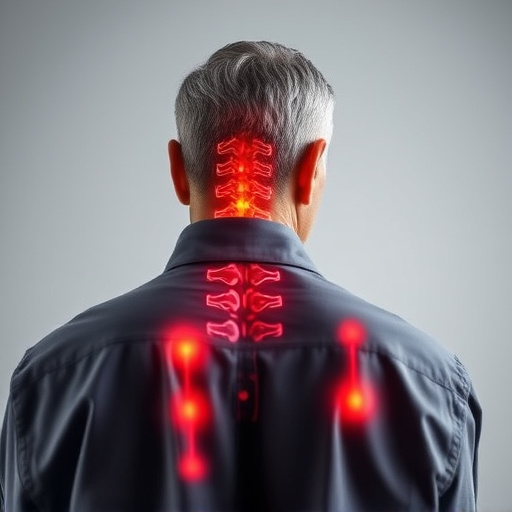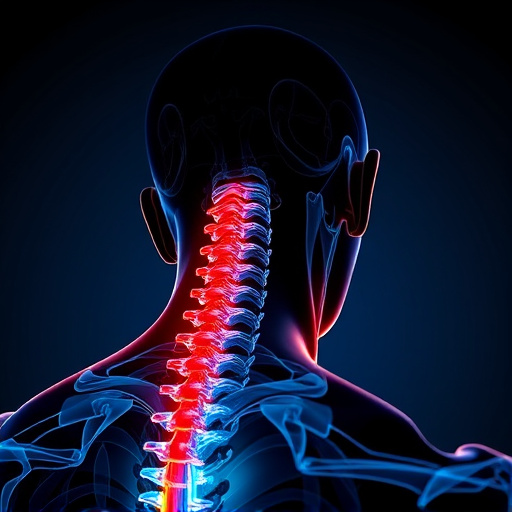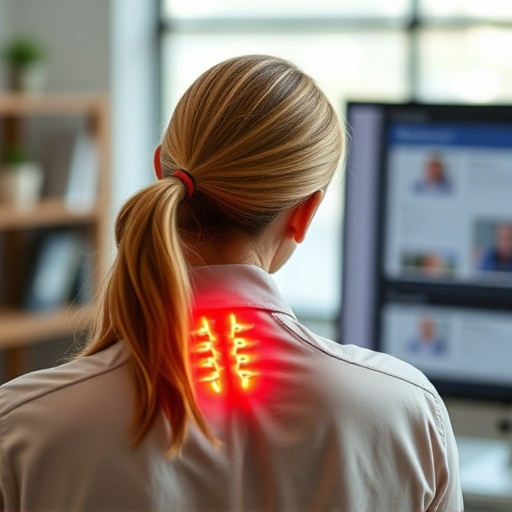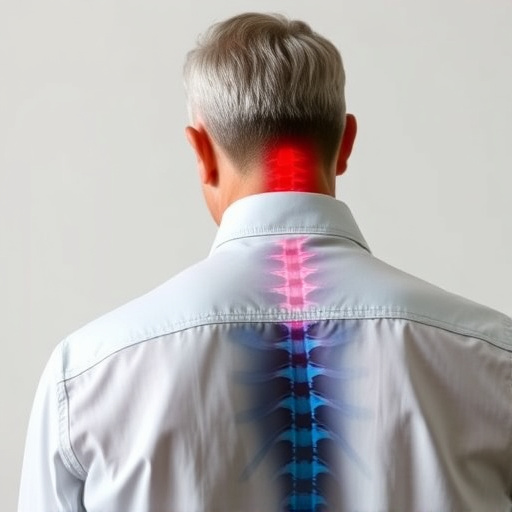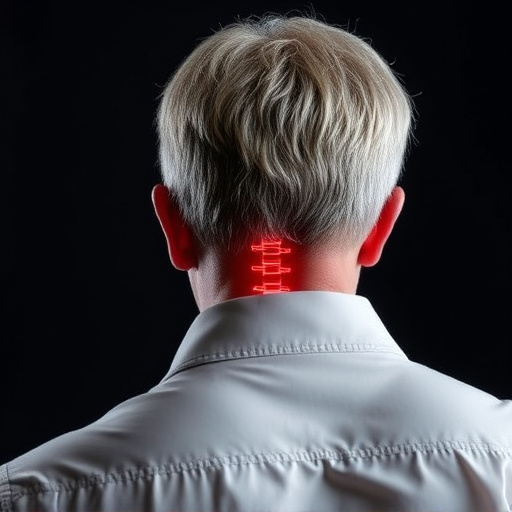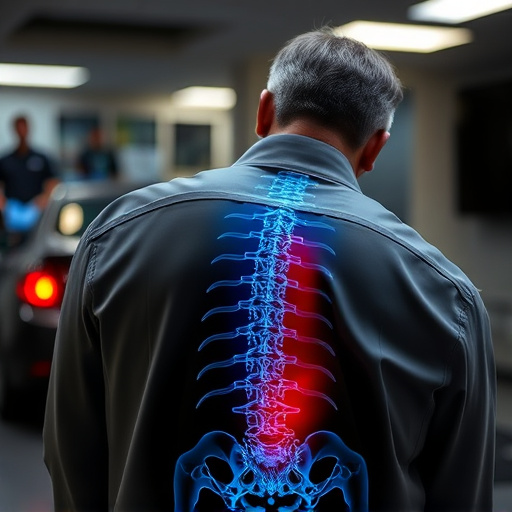Neck and back pain, caused by various conditions like muscle strains, disc problems, arthritis, bone spurs, or spinal stenosis, requires a multifaceted approach for relief. Lifestyle changes, including exercise, good posture, balanced diet, hydration, and sleep quality, are crucial for long-term management. Non-invasive treatments like physical therapy, acupuncture, and chiropractic care offer effective solutions. Natural remedies and home care techniques, such as heat/ice therapy and ergonomic adjustments, provide gentle pain relief. Severe or persistent pain with accompanying symptoms necessitates immediate medical attention for accurate diagnosis and treatment.
Tired of living with nagging lower back and leg nerve pain? This comprehensive guide offers a roadmap to finding lasting relief. We demystify common causes and symptoms of neck and back pain, providing practical lifestyle changes tailored for lasting results. From non-invasive treatments to the transformative power of physical therapy and natural home remedies, discover proven strategies to reclaim your comfort. Know when to seek medical attention and recognize red flags that warrant immediate care for effective neck and back pain relief.
- Understanding Neck and Back Pain Relief: Common Causes and Symptoms
- Lifestyle Changes for Lasting Lower Back and Leg Nerve Pain Relief
- Exploring Non-Invasive Treatment Options for Neuropathy
- The Role of Physical Therapy in Alleviating Nerve Compression and Pain
- Natural Remedies and Home Care Tips for Effective Neck and Back Pain Management
- When to Seek Medical Attention: Red Flags and Emergency Situations
Understanding Neck and Back Pain Relief: Common Causes and Symptoms
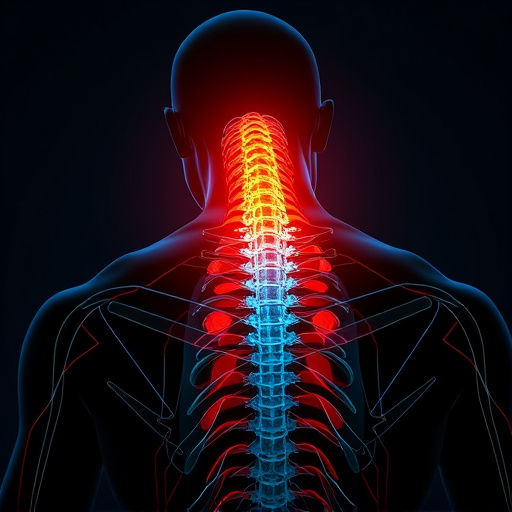
Neck and back pain is a common issue that can stem from various causes, affecting individuals’ daily lives and overall well-being. Understanding the root causes and symptoms is essential when seeking relief for this discomfort. The neck and back are intricate regions of the body, comprised of muscles, bones, nerves, and tissues, which work harmoniously to support our posture and enable movement.
Common causes of neck and back pain include muscle strains or sprains due to poor posture, injury, or over-exertion; herniated or degenerated discs; arthritis; bone spurs; and spinal stenosis. Symptoms may vary but often include sharp or dull pain, numbness or tingling in the affected areas, and difficulty moving or maintaining certain positions. Identifying these triggers and symptoms is crucial in developing an effective plan for neck and back pain relief.
Lifestyle Changes for Lasting Lower Back and Leg Nerve Pain Relief
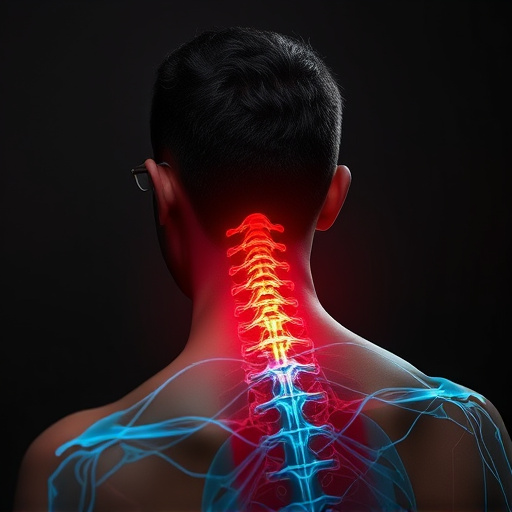
Many people struggling with lower back and leg nerve pain often look for lasting solutions beyond medication. Lifestyle changes play a significant role in achieving long-term neck and back pain relief. Regular exercise, focusing on strengthening core muscles and improving flexibility, can significantly reduce strain on the spine and nerves. Maintaining good posture during daily activities is another crucial step; this includes proper lifting techniques to avoid exacerbating the condition.
Diet and sleep habits also contribute to overall well-being and recovery. A balanced diet rich in nutrients supports muscle health and nerve function while ensuring adequate hydration keeps discs hydrated, enhancing their shock-absorbing properties. Quality sleep allows the body to rest, heal, and reduce inflammation, all of which are essential for managing pain effectively over time.
Exploring Non-Invasive Treatment Options for Neuropathy
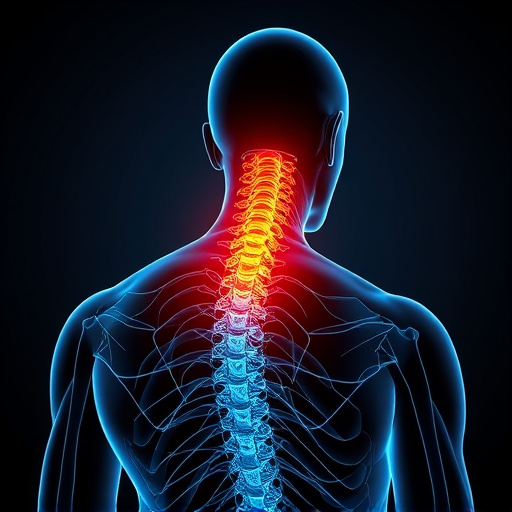
Many people suffering from lower back and leg nerve pain often seek non-invasive treatment options as a way to find lasting neck and back pain relief. Neuropathy, which is a condition causing numbness, tingling, or pain in the extremities, can be particularly challenging to manage. Thankfully, there are several non-invasive treatments available that offer effective symptom relief without the need for surgery or invasive procedures.
Physical therapy, for instance, is a popular choice, focusing on exercises designed to improve strength and flexibility around the spine and joints. This can help alleviate pressure on nerves, reducing pain in both the back and legs. Other options include acupuncture and chiropractic care, which have shown promise in treating neuropathy through stimulation of acupressure points or adjusting the spine to restore nerve function. Additionally, lifestyle modifications like maintaining good posture, regular exercise, and a healthy diet can significantly impact pain management, promoting overall neck and back pain relief.
The Role of Physical Therapy in Alleviating Nerve Compression and Pain
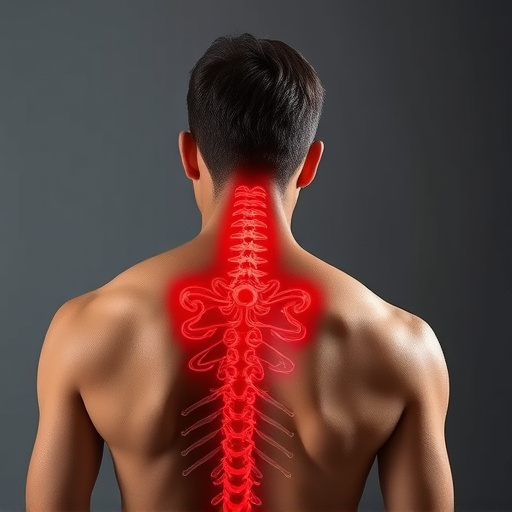
Physical therapy plays a pivotal role in addressing neck and back pain relief, particularly when nerve compression and associated leg or lower back pain are involved. Skilled therapists employ a multifaceted approach to alleviate symptoms and improve overall function. This often includes manual therapy techniques to manipulate and decompress the spine, reducing pressure on pinched nerves. Physical exercises tailored to strengthen core muscles and improve posture can also help stabilize the spinal column, lessening the risk of future nerve compression.
Additionally, therapists guide patients through specific stretching routines to enhance flexibility and promote healthier movement patterns. These interventions work synergistically to not only provide immediate pain relief but also empower individuals with long-term strategies for managing and preventing recurring neck and back pain.
Natural Remedies and Home Care Tips for Effective Neck and Back Pain Management
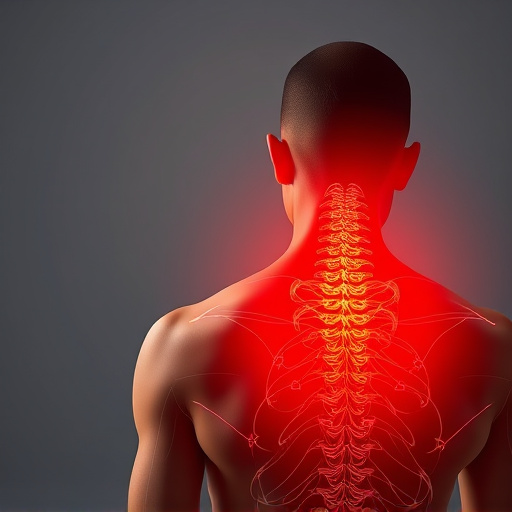
Many people suffering from neck and back pain turn to natural remedies and home care techniques for effective management and relief. These methods offer a gentle, non-invasive approach to healing and can significantly reduce discomfort associated with conditions like herniated discs, spinal stenosis, or sciatica. Simple changes in daily routine and lifestyle habits can make a world of difference.
At-home treatments include practicing good posture during sitting and standing, incorporating regular exercise focusing on core strengthening and flexibility, and applying heat or ice therapy to alleviate pain and reduce inflammation. Additionally, over-the-counter pain relievers like NSAIDs (nonsteroidal anti-inflammatory drugs) can provide temporary neck and back pain relief. Implementing ergonomic adjustments in the workspace and sleeping environment may also prevent further strain on the neck and back muscles.
When to Seek Medical Attention: Red Flags and Emergency Situations
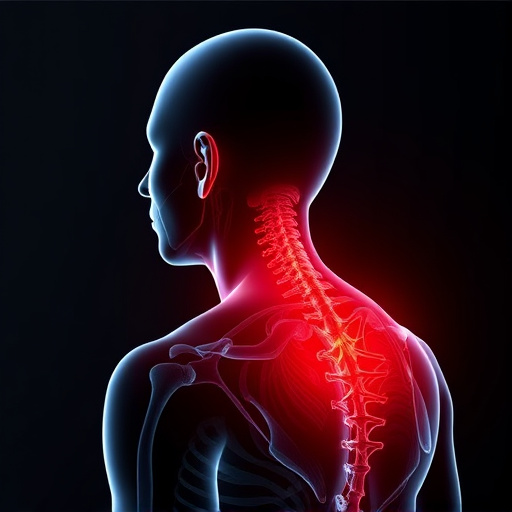
If your lower back and leg nerve pain is severe, persistent, or accompanied by other concerning symptoms, it’s crucial to seek medical attention promptly. Red flags that indicate an emergency situation include sudden onset of intense pain, numbness or tingling that spreads to your face or arms, weakness in your limbs, loss of bladder or bowel control, or a fever along with the pain. These could be signs of a serious condition like a herniated disc, spinal cord compression, or nerve damage, requiring immediate medical intervention.
In cases of persistent neck and back pain relief eludes you, or if your symptoms worsen over time, consult a healthcare professional. They can conduct a thorough evaluation, order necessary imaging tests, and provide an accurate diagnosis to guide appropriate treatment. Timely intervention can prevent further complications and aid in managing pain effectively.



